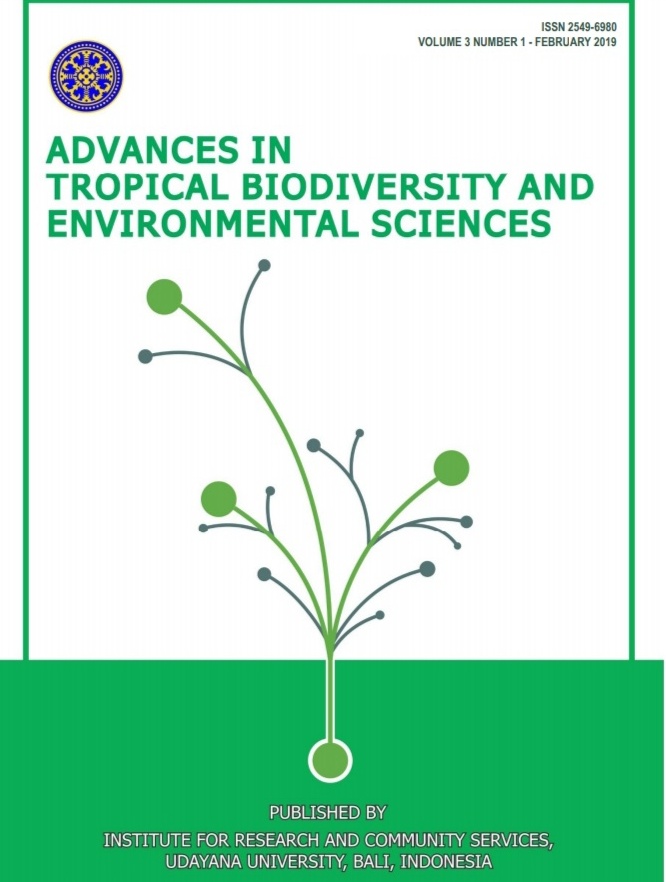Histology of Rat Pancreas Treated with Calliandra calothyrsus Leaf in the Diets during Pregnancy and Lactation
Abstract
For cattle, red calliandra (Calliandra calothyrsus) is a good protein source of forage but the condensed tannin content is the highest compared to other legume plants. Tannin can reduce the activity of digestive enzymes and protein digestibility, which can lead to pancreatic hypertrophy and hyperplasia. This study aimed to determine the pancreatic histology of pregnant rats treated with C.calothyrsus leaf flour during pregnancy and lactation period. This study used a completely randomized design with 24 pregnant female rats which were divided into four groups i.e. control and treatments of 10, 17.5 and 25% of C.calothyrsus leaf flour in the diets. The treatment started from the first day of pregnancy until the young rats were weaned at the age of 21 days. Pancreatic histological structure of the mother showed an increase lack of normal tissue density and an increase connective tissues in the pancreas descriptively, especially at the highest level of C.calothyrsus leaf flour (25%) in the diets.













